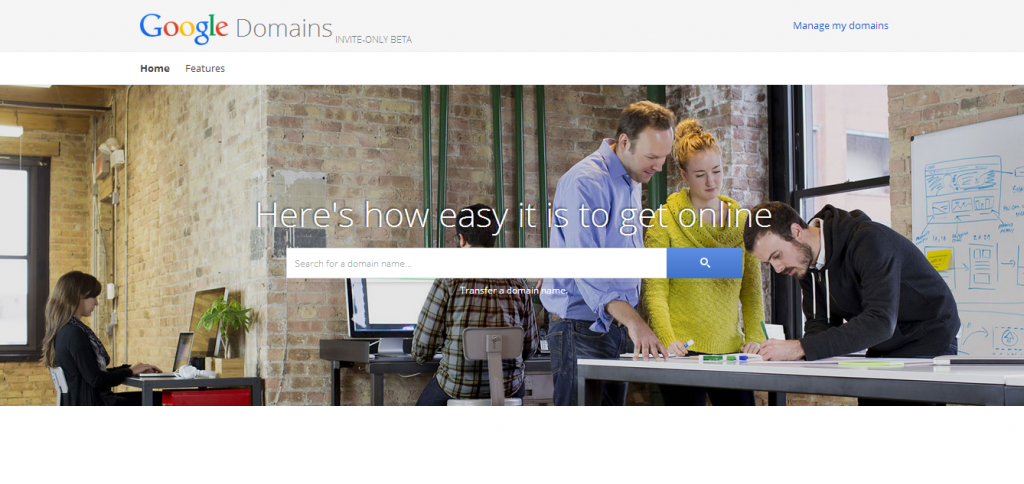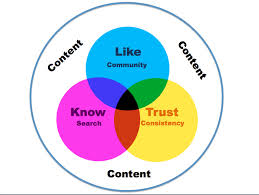Any discussion about SEO Philippines will never be complete without the mention of social media marketing. We can only implement a holistic SEO campaign with social media platform as an indispensable tool to obtain the goals of such campaign. The thing is we are able to pique the interest of our readers and entice them towards visiting the site, driving traffic to our branded sites. Unfortunately, all they do is browse.
So, how do we convert our browsing friends into buying customers?
We have yet to reconcile the disconnect between website design and development and social media communication. Most probably, the reason you are not winning over your browsing-but-not-buying friends is the page they land on when they visit the site.
And oh, please don’t forget that most of our readers are on mobile now. The way you craft a post on any social platform should also be the same way you are crafting your landing pages especially when a particular post leads to that landing page.
People expect. We all do. So, expect that the people expect almost the same thing that caught their attention in the first place when on the landing page.
The social media mindset
The social media audience has a very, very short attention span. Before other things distract them, make the call to action more obvious. The more obvious it is, the more likely a user will take action.
The simplicity must be evident particularly when moving from the social media post to the branded website. The number one rule is making the website as simple as possible, which means fewer options and processes, so the user will make a decision.
Distract him, and he will surely leave the site. Even endless browsing itself can distract the visitor thereby competing with the main purpose of the call to action.
If the goal of your website is having the visitors watch a video, download a free software or sign up to an email list, then tell exactly what they should do. Simple. That, my friends, is the job of a landing page.
The social landing page
Each social platform is unique – it has its own language and culture that only the users can understand. Well, for one, these platforms are highly subjective yet relatable. Perhaps, this is the reason Facebook has more than 1.3 billion active users per month. Facebook is very easy to use.
Ideally, create a social-friendly landing page that focus on a simple decision. Here’s a quick guideline.
1) Keep the voice of the landing page consistent with that of the social media channel.
2) Keep the visuals consistent with the social media aesthetics.
3) Ask for only one conversion that the website needs.
4) Put the social media widget on the confirmation page.
Along with these, you can vary the theme so you can create landing pages specifically for a community that you target. Consider the following.
- The interfaces of the desktop versions of both Twitter and Facebook look and feel similar. You can use the same landing pages for your target Twitter and Facebook communities to boost conversion rates.
- The landing page for Pinterest, Instagram and YouTube must be minimized and more visual. The same goes with putting visually enticing call to action buttons that resonate better for the communities on these platforms.
The mobile audience consideration
For most of us, social media consume our breaks, scrolling down our newsfeeds to update ourselves about what is happening around us. We update our statuses while at the queue at the grocery store or the train station. We stop for a moment to take a selfie on the coolest and most interesting places that we’ve been.
How should your social landing page fit the always-on-the-go lifestyle? How can it fit the needs and wants of the mobile engagers?
Primarily, take a cue from what you are ACTUALLY offering your market. Here’s an example. If you are offering a mobile app, there is no need to tap into the desktop-loving users. Your primary target should be the mobile-first users. Put simply, the best moments to convert a social connection is catching him or her at the right moment when he or she is on the right device.
Nonetheless, mobile-friendly landing pages is no longer about whether the landing page is viewable on the screen or not and if yes, how does it look. Consider these.
- Mobile users can only provide the basic information such as name and email address.
- Mobile users prefer signing up to a website through a social sign up button.
- Radio buttons and check boxes work better for mobile forms than dropdown lists.
- Buttons must be big enough so it can be easily tapped.
- The landing page should only about 20KB so it will load quickly.
- The content of the landing page must be brief enough.
Further, mobile-friendly landing pages are not enough. What is more important is the landing page contains all the readable information that the user needs. Put simply, the landing page should provide value to the users.
Not just the products and services that you offer themselves, but the landing page itself. It should save your visitors valuable time. For instance, if the landing page has every required details and loads quickly, then there is no need for the user to look for alternatives and substitutes.
Most of the brands tend to overlook this very important aspect. If the landing page fails to add value, conversion will never happen. That is, aside from the actual value of your product and service offerings, you might as well add value to the users through the landing page. We can call this the technical value of landing page optimization.
The social media present themselves as an opportunity for the brand owners to tap into the real and felt needs of their users that MUST be reflected in the landing page somehow for a conversion to happen. The bottom line is that the landing page must be able to provide real and felt value to the users before they convert. If there is one thing that we can learn from social media that is ‘snatched’ times are so valuable they are better spent on the right landing pages.















